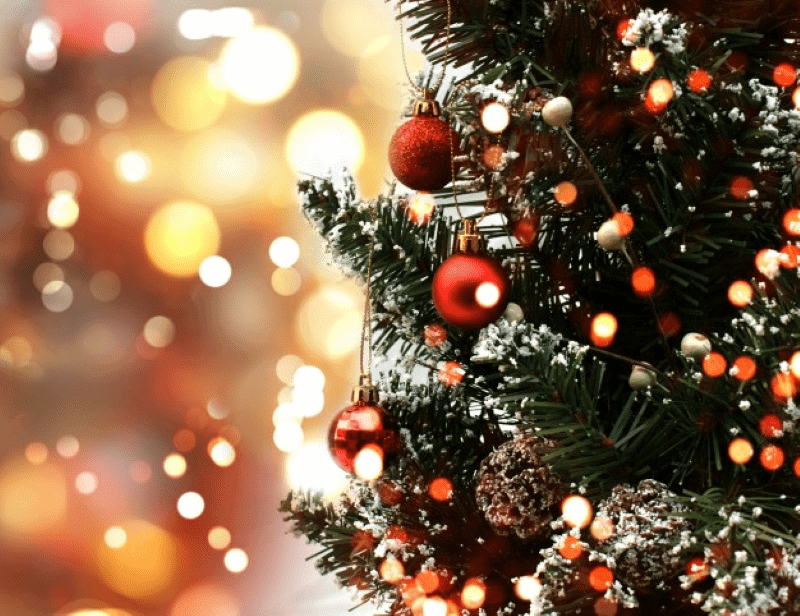
The Origin and History of the Christmas Tree
The tradition of putting up a tree at Christmas has been around for centuries. In fact, according to National Geographic, one of the earliest references to using evergreen trees at Christmas comes from the Roman poet Ovid (43 BC-17 AD).
But what exactly does a Christmas tree symbolize? And why do we put them up in our homes?
The Christmas tree is a symbol of both religious tradition and secular celebration. The use of evergreen trees, wreaths and garlands to symbolize eternal life was a custom of the ancient Egyptians, Chinese, Hebrews and other cultures.
In Christian tradition, the Christmas tree is a symbol of the birth of Jesus Christ and his promise of everlasting life. The tree has also become a secular symbol of the holiday season.
How the Christmas Tree Became a Global Tradition
The first documented use of an evergreen tree at Christmas was in Germany in 1510. A young girl named Barbara Muehlhausen was sent to live with her uncle because she had no parents or family to care for her. He was a woodcutter who lived on the outskirts of town near the woods where he gathered wood for sale. She loved being outdoors and often played in the woods alone until it got dark. One day she met a strange old man who asked her if she would like to see something beautiful. He took her deep into the forest and showed her an enormous pine tree decorated with lights and candles that burned brightly all through the night. On another side of town a prince saw this same tree glowing brightly in the forest and fell in love with it at first sight! He had never seen anything like it before.
Christmas trees have been popular symbols of the holiday season since at least the 18th century, when they became associated with Christmas traditions like putting up a tree and decorating it. These days, people don’t just put up a tree — they may also decorate it with ornaments made of metal, glass or plastic; hang lights on its branches; and even line its trunk with presents for children to unwrap on Christmas morning.
Because people have come to associate Christmas trees with the holiday season, many see them as symbols of Christianity. However, there are other interpretations as well.
For example, some people see a Christmas tree as a reminder of Jesus’ birth in manger surrounded by animals. Others believe that the lights represent Jesus’ light shining through his birth and death for us all. Still others think that the tree represents man’s redemption through Jesus’ sacrifice on the cross.
The Christmas tree can be traced back to the pine trees that decorated the homes of ancient Germans and Scandinavians during the winter solstice. The Scandinavians decorated their homes with greenery during this time in order to welcome returning light.
In Medieval Europe, as Christianity became more widespread, people began decorating their homes with evergreen trees during Advent as a reminder of Jesus’ birth.